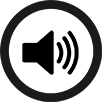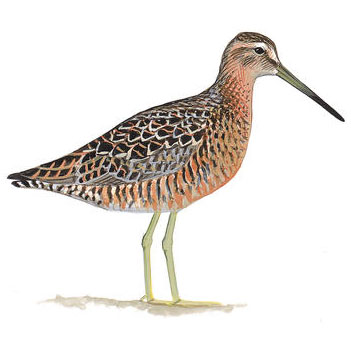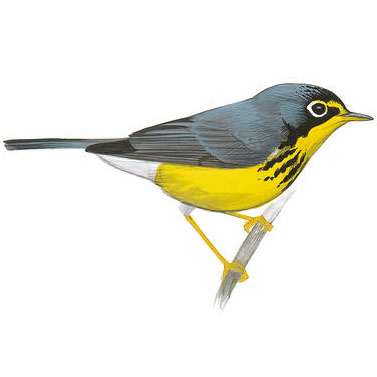






 |
Priority Bird Call Game |  |
||





|
Click the green play button to start. A random bird call will be played. To hear
the bird call again press the sound icon in the top right corner. Your job is to
identify what bird is making the sound by clicking the image of the matching bird.
Your score is show in the top left corner. After 5 calls are played, click the play
button to play again. Return to the DTWOB home page by clicking the back button in
the top left corner.
The following birds are classified by the Audubon Society as priority birds.
Priority birds are in need of significant conservation. Birds are rapidly losing
habitat because of many factors, most of which are human caused. Climate change
is causing birds to drastically modify their migration patterns. Birds sometimes
have trouble adapting to their patterns because they may encounter new food sources,
predators, parasites and competitors in their new environment. Climate change also
causes birds to lay eggs and breed earlier than they are supposed to, putting their
offspring at risk. Lastly, synthetic pesticides can biomagnify inside of birds and
lead to weaker eggs which may break under the weight of an incubating bird.
Together, we can work to protect and revitalize priority bird populations by
protecting our environment. Environmental protection is especially important
in the Cape Fear area because we are located near Masonboro Island, an Important
Bird Area or IBA. IBAs are common areas where migrating birds stop and benefit
from favorable conditions. You can also help priority birds by setting up a bird
bath or bird feeder in your yard. These are valuable to migrating birds because
they offer a safe source of water and food. Finally, reducing synthetic pesticide
use enables birds to lay strong eggs.
Western Sandpiper : A soft "cheep" or "kreep", higher and thinner than that of Semipalmated.
Swallow-tailed Kite : A shrill "klee-klee-klee".
Varied Thrush : Buzzy whistles. Each drawn out until it fades away.
Swainson's Hawk : Long, plaintive, whistled "kree".
Spruce Grouse : Female produced, low clucking notes.
Short-billed Dowitcher : A soft "tu-tu-tu", quite unlike call of Long-billed Dowitcher.
Sandhill Crane : A loud rattling "kar-r-r-r-o-o-o".
Ruddy Turnstone : A metallic but musical netticut or "kek-kek".
Redhead : Like the meow of a cat; also quacks.
Reddish Egret : Squawks and croaks.
Prothonotary Warbler : A ringing "sweet-sweet-sweet-sweet-sweet-sweet-sweet".
Piping Plover : A clear, whistled "peep-lo".
Mottled Duck : A loud quack, like that of a Mallard.
Bobolink : Flight song is a series of joyous, bubbling, tumbling, gurgling phrases with each note on a different pitch.
Black-necked Stilt : A sharp "kip-kip-kip-kip".
Black Skimmer : Short barking notes.
Gunnison Sage-Grouse : Displaying male gives 9 or 10 hooting gobbles on one low pitch, interspersed with 3 wing noises.
American Oystercatcher : A piercing "kleep" and a plover-like "cle-ar".
Bald Eagle : Squeaky cackling and thin squeals.
Arctic Tern : Harsh "tee-ar" or "kip-kip-kip-tee-ar", higher pitched than call of Common Tern.
Grasshopper Sparrow : A high-pitched, insect-like "kip-kip-kip, zeeee".
Bar-tailed Godwit : A loud "kew-wew" and various other notes.
Canada Warbler : A rapid, sputtering warble.
Clapper Rail : Harsh clattering "kek-kek-kek-kek-kek".
Least Tern : Sharp "killick" or "kip-kip-kip-kiddeek".
 Western Sandpiper |
 Swallow-tailed Kite |
 Varied Thrush |
 Swainson's Hawk |
 Spruce Grouse |
 Short-billed Dowitcher |
 Sandhill Crane |
 Ruddy Turnstone |
 Redhead |
 Reddish Egret |
 Prothonotary Warbler |
 Piping Plover |
 Mottled Duck |
 Bobolink |
 Black-necked Stilt |
 Black Skimmer |
 Gunnison Sage-Grouse |
 American Oystercatcher |
 Bald Eagle |
 Arctic Tern |
 Grasshopper Sparrow |
 Bar-tailed Godwit |
 Canada Warbler |
 Clapper Rail |
 Least Tern |